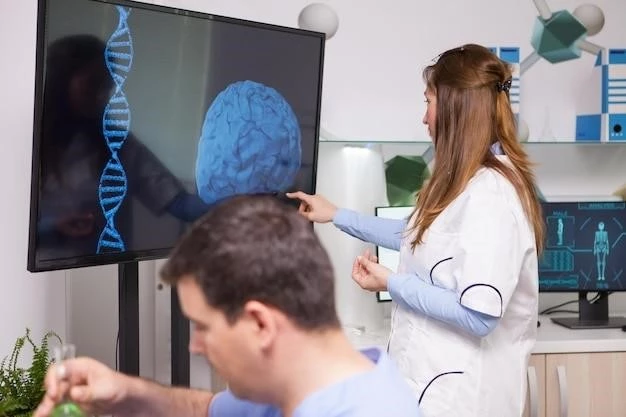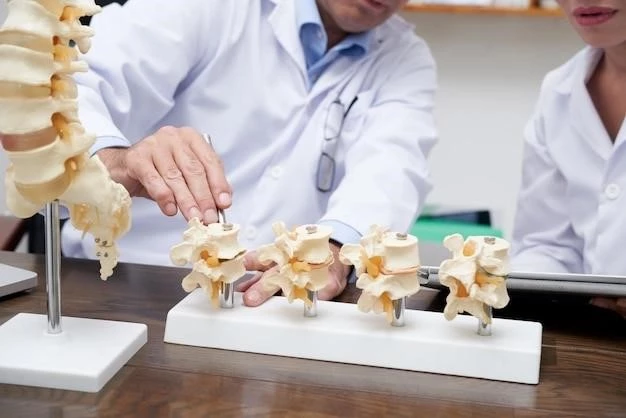Introduction to Segmental Vertebral Anomalies
A variety of structural developmental anomalies affect the vertebral column. Malformed vertebrae can arise secondary.
Definition and Overview
A variety of structural developmental anomalies affect the vertebral column, with malformed vertebrae often arising due to errors of vertebral segmentation. These anomalies can influence skeletal development and present challenges in clinical management.
Malformation of Vertebrae
A variety of structural developmental anomalies affect the vertebral column. Malformed vertebrae can arise secondary to errors of vertebral segmentation. These anomalies can influence skeletal development and present challenges in clinical management.
Myelodysplasia and Meningocele
Myelodysplasia, encompassing conditions like myelomeningocele, meningocele, and lipomeningocele, are part of the spectrum of vertebral anomalies affecting the central nervous system. These anomalies can lead to various clinical challenges and require comprehensive management strategies.
Hemivertebrae
Hemivertebrae are anomalies falling under the spectrum of segmentation anomalies, involving the vertebral column where a wedge-shaped vertebra develops, potentially impacting spinal alignment and function.
Genetic Factors
Congenital vertebral anomalies can stem from genetic factors affecting the development of the vertebral column, leading to various structural deviations. These factors play a crucial role in the emergence of segmental vertebral anomalies.
Embryological Development

Congenital vertebral anomalies, affecting the spine’s development, can result from intricate processes during embryogenesis such as somitogenesis abnormalities and failure of proper segmental patterning.
Skeletal Abnormalities
The vertebral anomalies present challenges in skeletal development, affecting the structural integrity of the spine and potentially leading to issues such as scoliosis or other skeletal abnormalities.
Neurological Implications
Segmental vertebral anomalies can lead to neurological implications due to their impact on the spinal cord and nerves, potentially causing sensory deficits, motor function issues, and other neurological complications that require specialized management.
Radiological Imaging
Radiological imaging plays a crucial role in diagnosing segmental vertebral anomalies, allowing healthcare professionals to visualize and assess the structural abnormalities in the vertebral column, aiding in treatment planning and management.
Genetic Testing
Genetic testing plays a vital role in diagnosing segmental vertebral anomalies by identifying specific genetic markers or defects that contribute to the development of these structural abnormalities, aiding in accurate diagnosis and treatment planning.
Conservative Management
Conservative management strategies for segmental vertebral anomalies focus on non-surgical approaches like physical therapy, bracing, and monitoring to address symptoms and manage the condition without invasive interventions.
Surgical Interventions
For segmental vertebral anomalies, surgical interventions may be necessary to address severe deformities or neurological complications. Procedures aim to correct spinal alignment, stabilize the spine, and alleviate pressure on surrounding nerves to improve quality of life.
Long-Term Outlook
The long-term outlook for individuals with segmental vertebral anomalies varies based on the severity of the condition, response to treatment, and potential complications; Close monitoring and tailored care are essential aspects of managing the long-term implications of these anomalies.
Potential Risks
Segmental vertebral anomalies pose potential risks, including spinal deformities, neurological deficits, and challenges in daily activities. Understanding these risks is crucial for implementing appropriate management strategies and interventions.
Current Studies
Studies delve into the complexity of segmental vertebral anomalies, exploring genetic contributions, embryological origins, and the impact on skeletal and neurological development. Research aims to enhance diagnostic techniques and treatment outcomes.
Technological Innovations
Technological advancements have revolutionized the diagnosis and treatment of segmental vertebral anomalies, with innovative imaging techniques, such as 3D imaging and virtual reality simulations, providing enhanced visualization of anatomical variations and aiding in surgical planning.
Physical Limitations
Individuals with segmental vertebral anomalies may experience physical limitations due to spinal deformities impacting mobility, posture, and daily activities. Proper care and support are crucial to address these challenges.
Psychosocial Effects
Segmental vertebral anomalies can have profound psychosocial effects on individuals, impacting self-esteem, body image, and social interactions. Support systems and mental health resources play a vital role in addressing these emotional challenges.

Conclusion
Segmental vertebral anomalies present varied challenges impacting skeletal and neurological systems. Advances in research and technology contribute to improved diagnosis, treatment, and overall outcomes, emphasizing the importance of comprehensive care for affected individuals.
